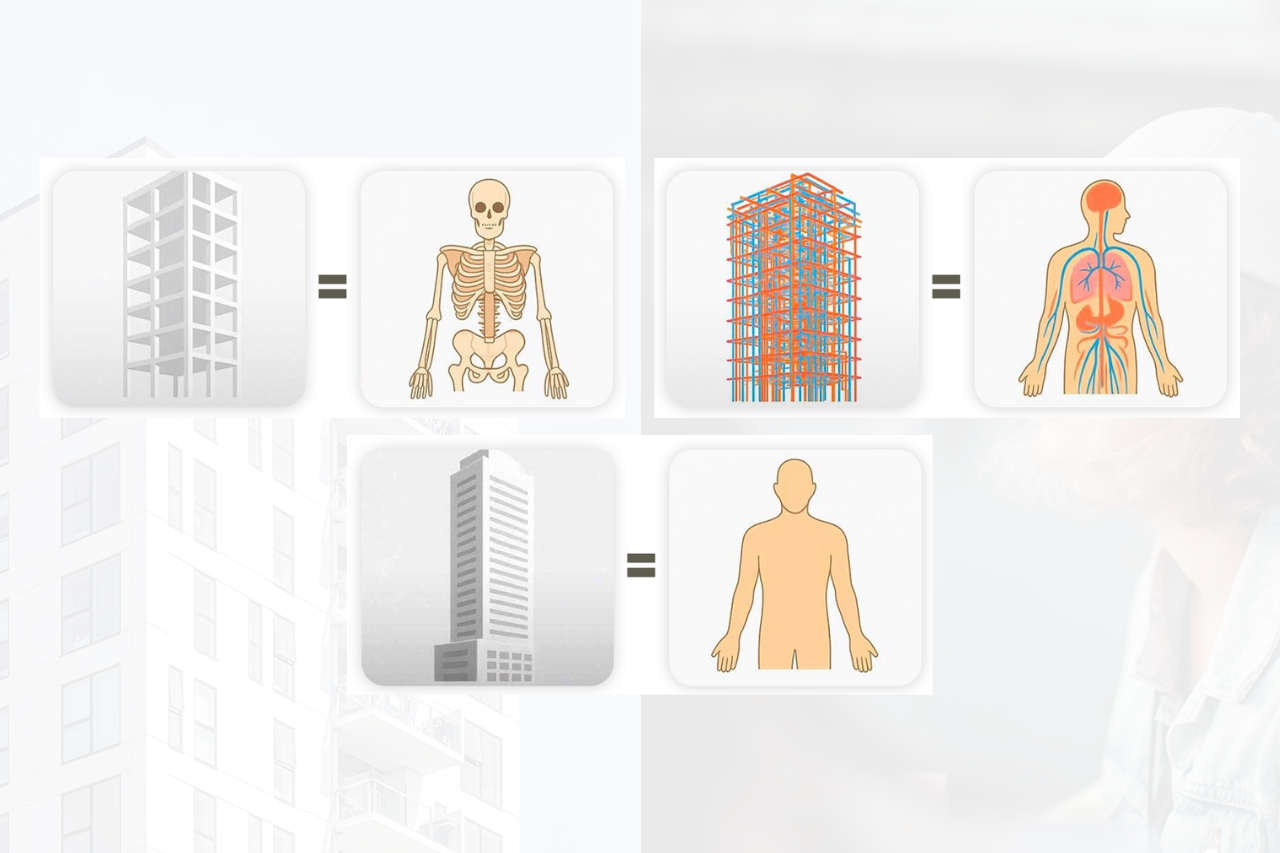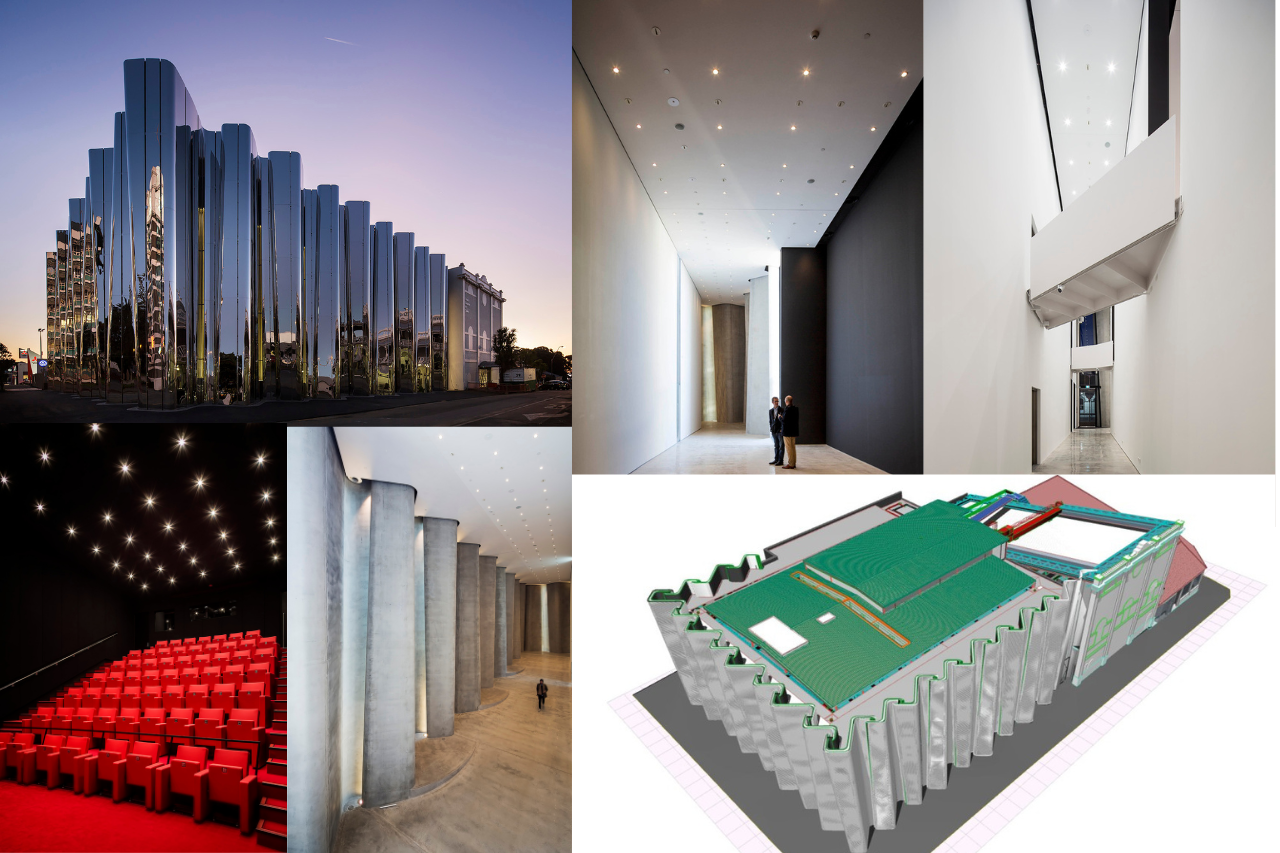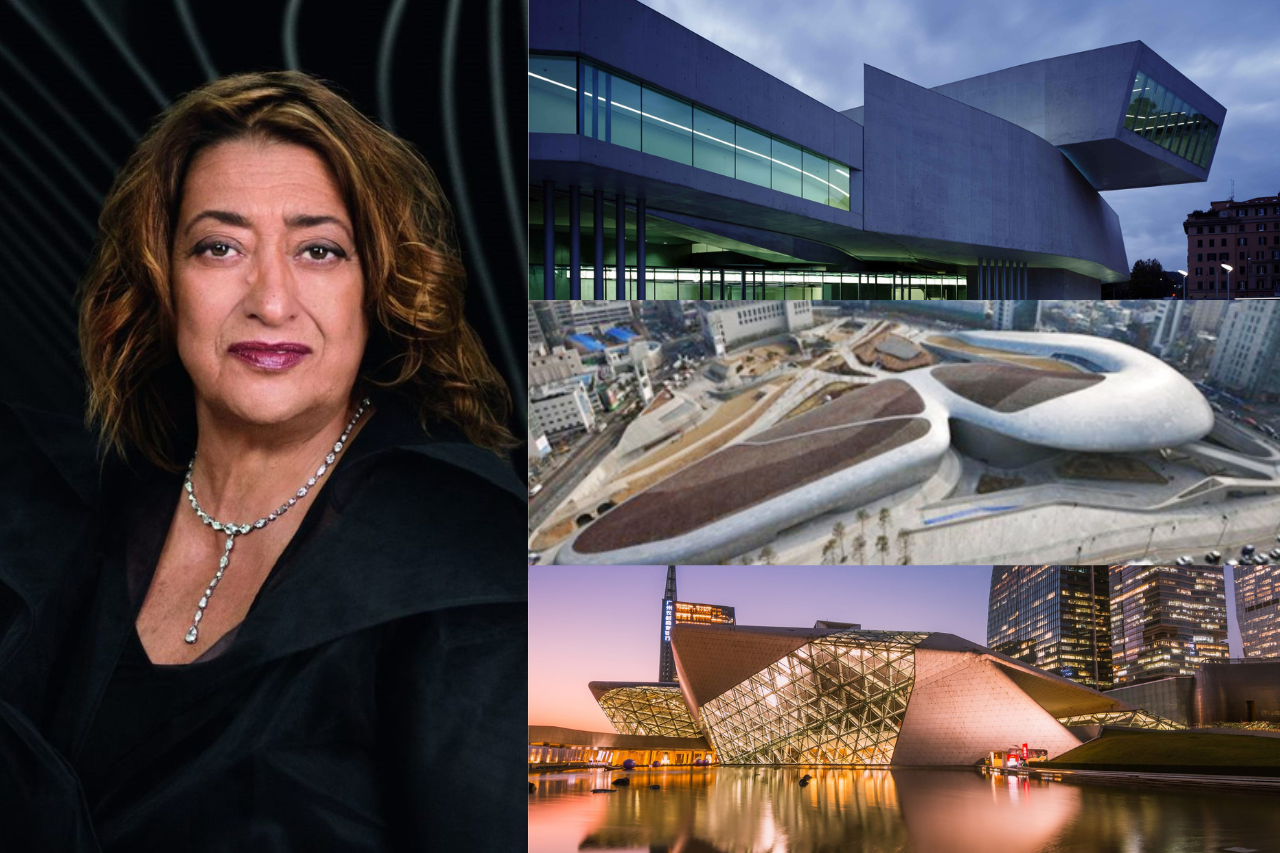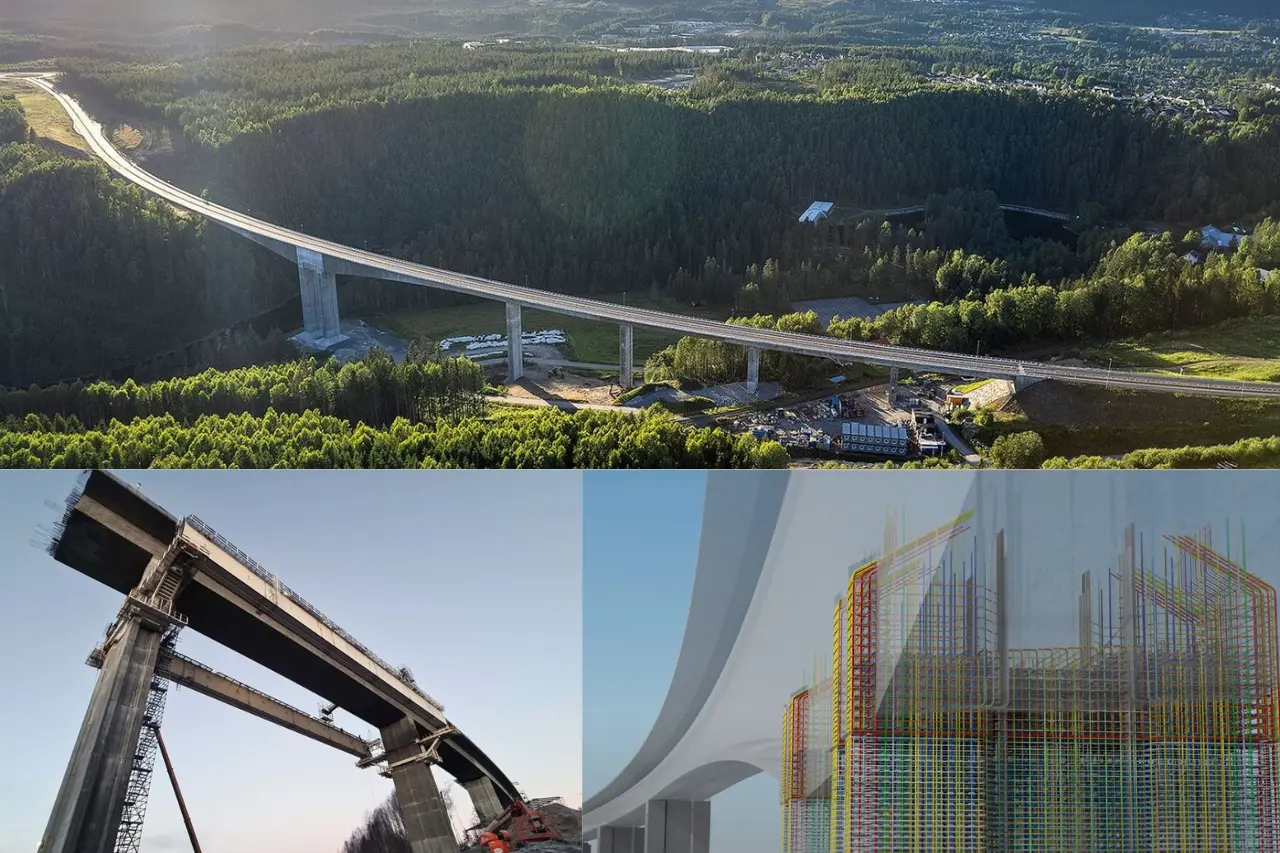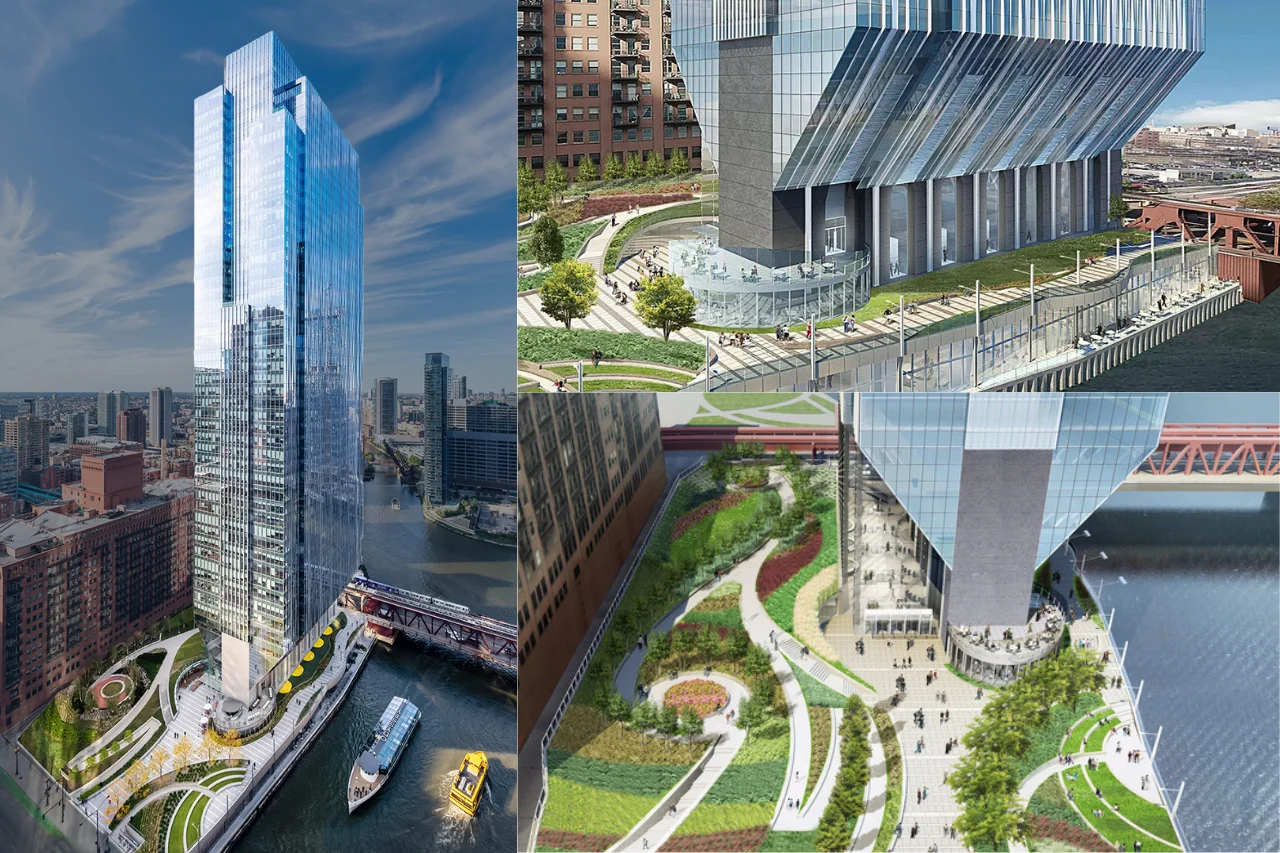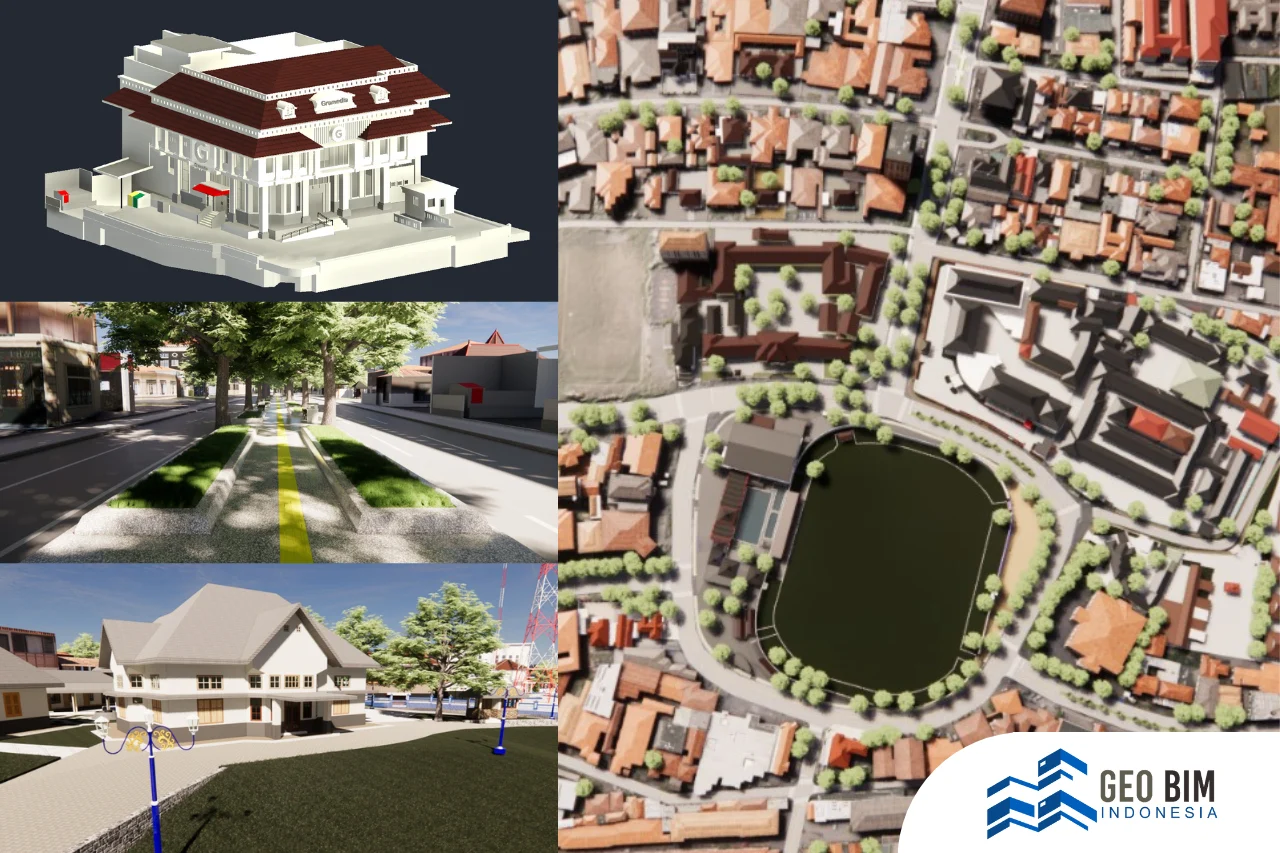One Stop BIM Solution
At first glance, buildings and the human body may seem to have nothing in common. However, when you look into the systems, structures, and functions, you will find surprising similarities. Just like the human body, a building consists of several interdependent systems that must work together for the entire entity to function properly.
In modern construction, especially with the advent of smart buildings and integrated digital design, this comparison is becoming increasingly relevant. Let's explore how each major component of a building aligns with the anatomy of the human body and how BIM (Building Information Modeling) helps realize this metaphor.
-
Structure = Bones
The structural system of a building serves as its skeleton. It provides the essential framework that supports the entire construction—just as bones give shape and strength to our body. Columns, beams, slabs, and foundations hold everything together, bear the load, and ensure stability. Without a strong structure, the building would collapse under its own weight, just as a body cannot stand without bones.
-
Façade and Architecture = The Skin
The facade of a building is its outermost protective layer, just like the skin on the human body. It protects the internal environment from external elements such as sunlight, wind, rain, dust and pollution. However, in addition to protection, the roof also plays a visual and expressive role that defines the aesthetic identity of the building. Just as human skin comes in different colors, facades are designed in various styles to reflect purpose, context, and culture.
-
MEP Systems = The Organs and Blood Vessel
MEP (Mechanical, Electrical, and Plumbing) systems are the vital internal networks that allow a building to “live.” They serve the same role as the circulatory and organ systems in our body—moving energy, air, water, and waste throughout the space. These systems must be well-coordinated and maintained—because when they fail, the entire building can experience “health” problems, such as power outages, poor ventilation, or flooding.
A building is not just a concrete and steel structure that stands still. It functions like a human body, with a “skeleton”, “respiratory system”, ‘circulation’, and even a “nervous system”. This means that every part is interconnected and has an important role in supporting life and activities within.
BIM (Building Information Modeling)technology is here to digitally “bring life” to buildings. BIM allows us to design all building elements, from structure, architecture, to MEP (Mechanical, Electrical, Plumbing) systems in one integrated digital model. In the BIM platform, all these elements can be visualized in three dimensions, coordinated in real-time, and simulated before the physical construction process begins.
With BIM, potential design errors can be detected earlier, coordination between disciplines becomes more efficient, and the entire construction process can be controlled more precisely from the planning stage to operations.

